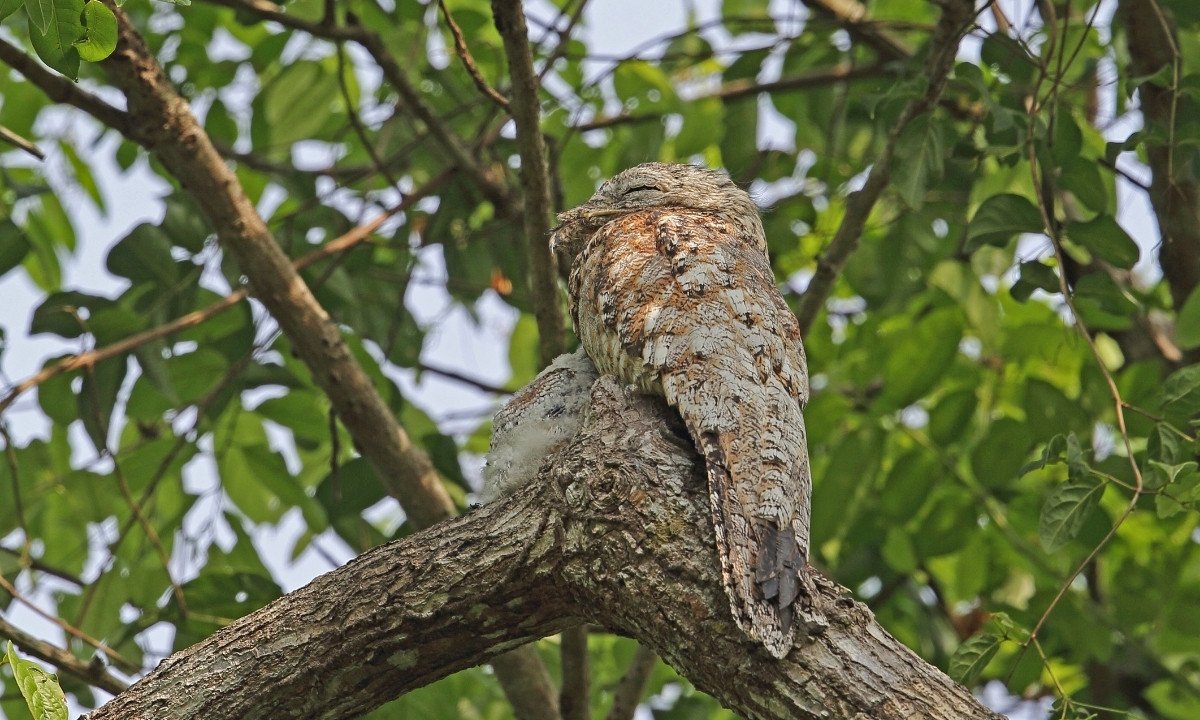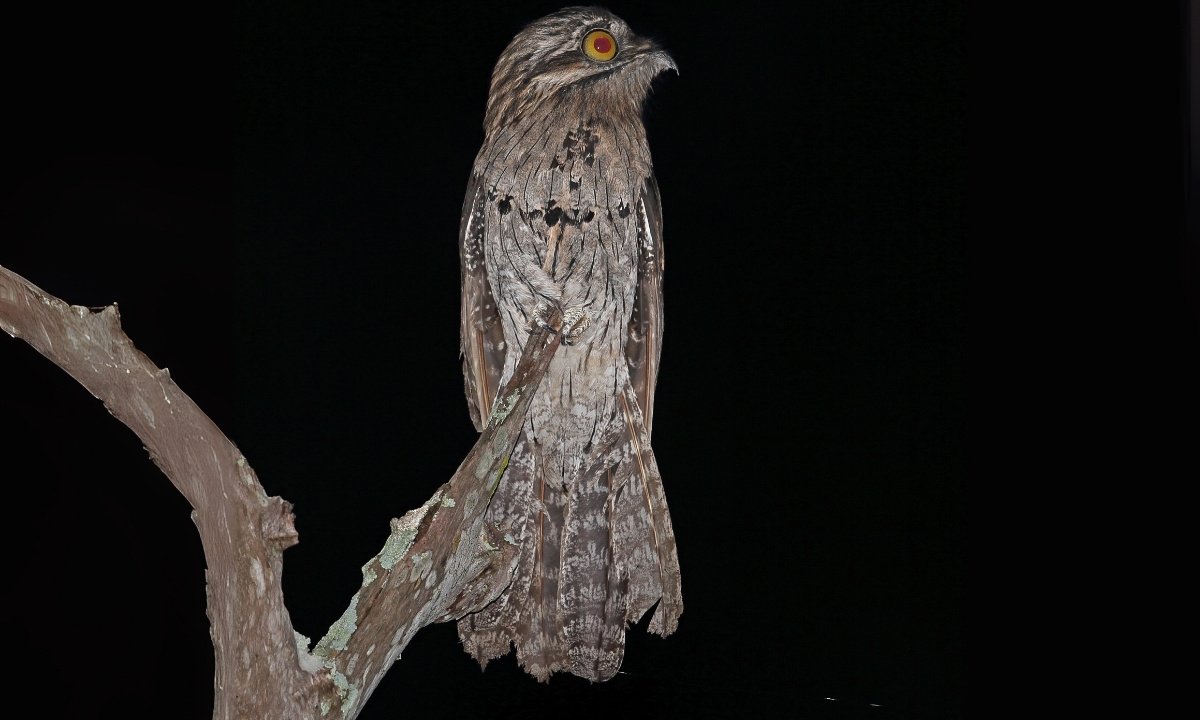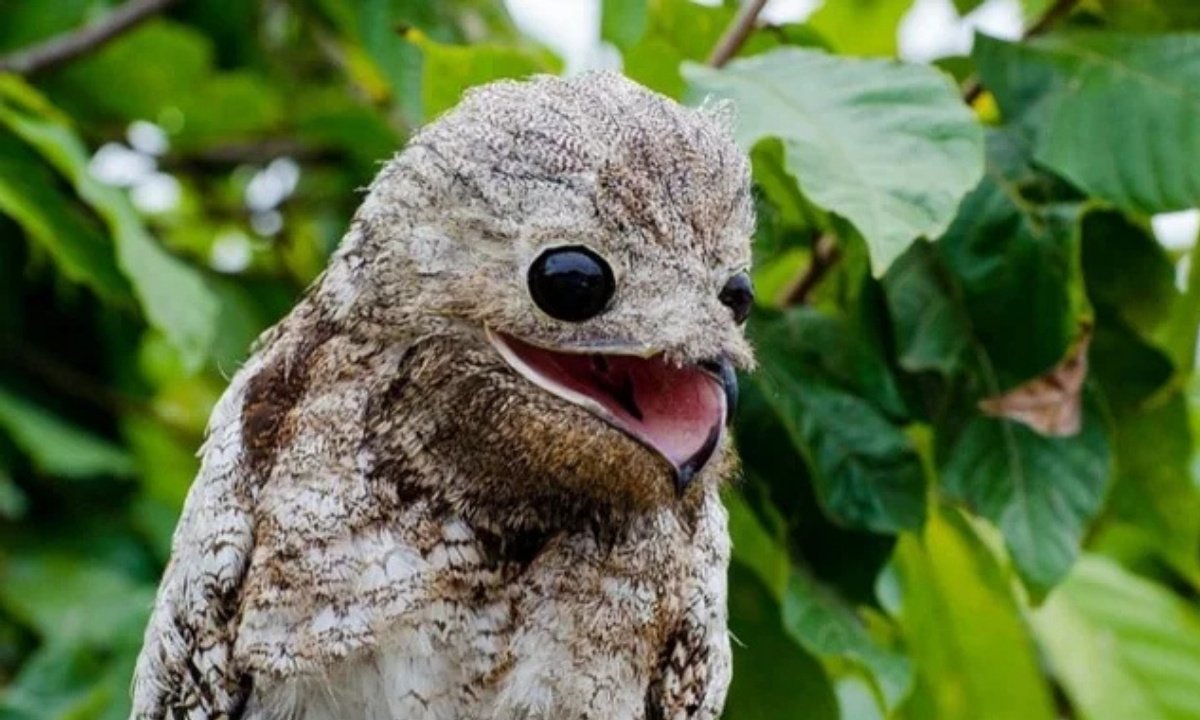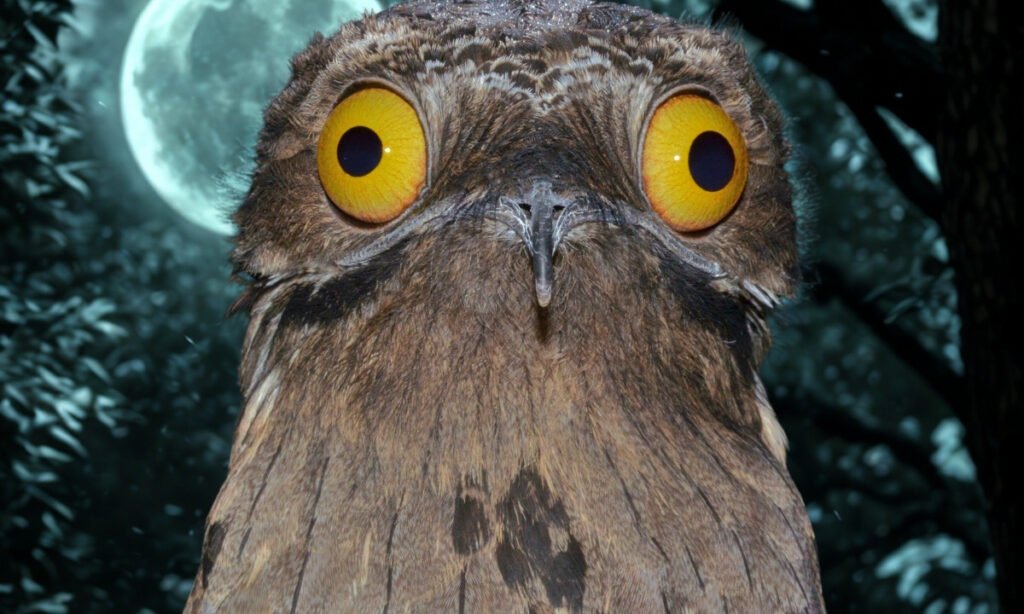Ghost Birds: Unmasking the Potoo, Nature’s Eeriest Illusion
The “Ghost Bird” is the common name for the Potoo, a group of real nocturnal birds found throughout Central and South America. They earned this spooky nickname from their haunting, mournful calls that echo through the night, their large, unsettling eyes, and their almost supernatural ability to camouflage themselves as broken tree branches.
What Exactly is a “Ghost Bird”?
The ghost bird isn’t a supernatural entity; it’s a living, breathing marvel of evolution. The name refers to any of the seven species in the Nyctibius genus, commonly known as Potoos.
These birds are masters of disguise. During the day, they perch motionless on tree stumps or branches, with their beaks pointed skyward. Their cryptic plumage perfectly mimics the texture and color of tree bark, making them virtually invisible to predators and unsuspecting bird watchers.

Are Ghost Birds Real?
Yes, ghost birds are absolutely real. They are a well-documented family of birds (Nyctibiidae) native to the Neotropics.
While their appearance and sounds might seem like something from a horror film, they are a fascinating part of the region’s biodiversity. Their unique adaptations have allowed them to thrive for millennia in dense forests and woodlands.
Key Characteristics of the Potoo:
Exceptional Camouflage: Their primary defense is to mimic a dead tree branch, a behavior known as masquerading.
Huge Mouth: They have an incredibly wide mouth, which looks like a tiny slit when closed but opens wide to catch flying insects like moths and beetles at night.
Large, Eerie Eyes: Their huge yellow or orange eyes provide excellent night vision. Interestingly, they have small slits in their eyelids, allowing them to sense movement even when their eyes appear closed.
Nocturnal Lifestyle: Potoos are active from dusk till dawn, spending their days in a motionless, trance-like state.
The Haunting “Ghost Bird” Sound: Why Is It So Scary?
The Potoo’s call is arguably its most famous and unsettling feature. It’s the source of many local legends and has earned it the primary keyword “horror bird sounds.”
The most famous and unsettling call comes from the Great Potoo (Nyctibius grandis). You can listen to its mournful cry in the video included at the end of this article.
Its call is a deep, guttural, and descending moan that sounds remarkably like a mournful human cry. In the dead of night, hearing this sound echoing from an unseen source can be a genuinely chilling experience. Other Potoo species produce a variety of strange whistles, growls, and wails, adding to their ghostly reputation.

Where Do Ghost Birds Live?
Potoos are exclusively found in the tropical and subtropical regions of the Americas. Their range extends from Mexico down through Central and South America to northern Argentina and Uruguay.
Common Potoo Habitats
They typically reside in forested areas, woodlands, and savannas. You can find them in:
The Amazon Rainforest
The cloud forests of Central America
The Atlantic Forest in Brazil
Open woodlands and forest edges
They depend on trees not only for camouflage but also for nesting. A Potoo doesn’t build a traditional nest; instead, the female lays a single egg in a small depression on top of a broken branch or stump.
Are Ghost Birds Dangerous?
No, ghost birds are not dangerous to humans in any way. Despite their spooky appearance and startling calls, they are completely harmless.
Their anatomy is built for catching insects, not for attacking larger animals. They are shy, reclusive birds that rely on staying hidden to survive. Their only defense mechanism is their camouflage and, if severely threatened, flying away. They pose absolutely no threat to people or pets.
The Ghost Bird in Myths and Culture
Given their eerie nature, it’s no surprise that Potoos feature prominently in local folklore and mythology. In many cultures, their mournful cries are seen as omens of misfortune or the voices of lost spirits.
This mystique has also entered modern literature. The short story “The Ghost Birds” by Karen Russell uses the Potoo’s strange characteristics to explore themes of mystery and the unknown in a narrative set in the Amazon. The bird’s otherworldly nature makes it a powerful symbol in storytelling.
The Potoo: A Perfect Halloween Bird?
With its ghostly reputation, spine-chilling call, and uncanny ability to look like a dead part of a tree, the Potoo easily earns the title of “perfect Halloween bird.” It embodies the spooky, mysterious, and slightly unsettling side of the natural world. While ravens and owls often take the Halloween spotlight, the Potoo is a far more unique and genuinely eerie contender.

Frequently Asked Questions
1. Why is the Potoo called a “Ghost Bird”?
The Potoo is called a “Ghost Bird” for three main reasons: its haunting, sorrowful call that sounds like a crying spirit; its large, ghostly yellow eyes that glow at night; and its supernatural ability to camouflage itself, making it appear and disappear like an apparition.
2. Is the Ghost Bird dangerous to humans?
No, the Ghost Bird (Potoo) is completely harmless to humans. It is a shy, insect-eating bird whose only defenses are camouflage and flight. It poses no threat whatsoever.
3. What does a Ghost Bird sound like?
The most famous Ghost Bird sound, from the Great Potoo, is a deep, descending moan or a guttural “who-OOO-oo” that sounds startlingly human and mournful. Other species make a variety of strange whistles and growls.
4. Are Ghost Birds related to owls?
While both are nocturnal birds of prey with excellent night vision, Potoos are not closely related to owls. Potoos belong to the order Nyctibiiformes, which is more closely related to nightjars and frogmouths. Owls belong to the order Strigiformes.

